Before all the leaves are down take a moment to look up. This is Innisfree Garden last Saturday.

Big Halloween storm came through and probably tore a few more leaves down. Certainly took three shingles off the roof. 
And then look down.
Robert Macfarlane tweeted about “beechmast” this week and certainly this has been a mast year for our oak trees. They have been pelting the roof since August and the ground is thick with them.
Word of the Day: “beechmast” – collective term for the nuts & prickly seed-casings of the beech tree, esp. when fallen in volume. In “mast years”, beeches seed in staggering quantities; 100s of millions of nuts in a square kilometre of mature beechwood.
📷 Hans Braxmeier pic.twitter.com/ao5mubRJAW— Robert Macfarlane (@RobGMacfarlane) October 29, 2019
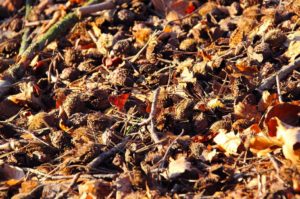
And this is the back yard.
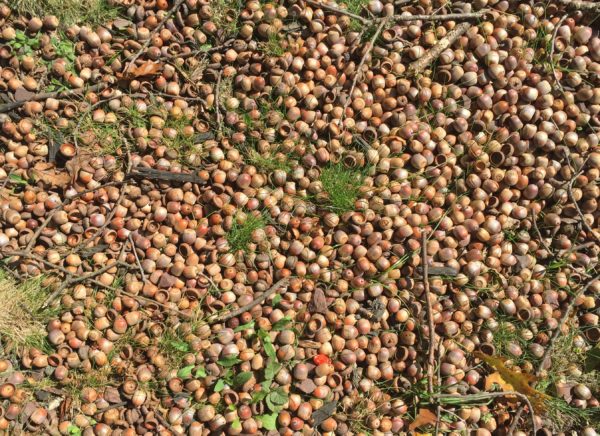
This is good news for the wildlife that feed on acorns – mice, chipmunks, squirrels, foxes, turkeys, blue jays and deer. But it does have a downside in addition to making a trip outside perilous underfoot and subject to being pinged on the head by an acorn.
According to this article from the Cary Institute for Ecosystems Studies in nearby Millbrook, this means a tick explosion for 2021. Writing in a mast year – 2015 – they explain:
In New York’s Hudson Valley, it’s hard to go outside without stepping on an acorn. Oaks have ‘boom and bust’ acorn production cycles. In lean years, trees produce a handful of nuts. In boom years, acorns seem to rain down from the sky. We are currently experiencing an acorn bumper-crop, or what ecologists call a ‘mast’ year
In some forests, there can be more than 100 acorns per square meter. This is welcome news to animals like mice, chipmunks, and squirrels. They can gorge on the bounty and stock their larders. Acorn caches help wildlife avoid predators and survive the lean months of winter. They even give well-fed rodents a jump-start on the breeding season.
For this reason, acorn “mast” years are also harbingers of future Lyme disease risk. In the summer following acorn booms, white-footed mouse numbers explode. In New York’s Hudson Valley, these mice play a major role in infecting blacklegged ticks with the agents that cause Lyme disease, Babesiosis, and Anaplasmosis.
“The ticks that are emerging as larvae in August – just as the mice and chipmunks are reaching their population peaks – they have tons of excellent hosts to feed from. They survive well and they get infected with tick-borne pathogens. And that means that two years following a good acorn crop we see high abundance of infected ticks, which represents a risk of human exposure to tick borne disease.”
So: Look up, look down. And then look out!

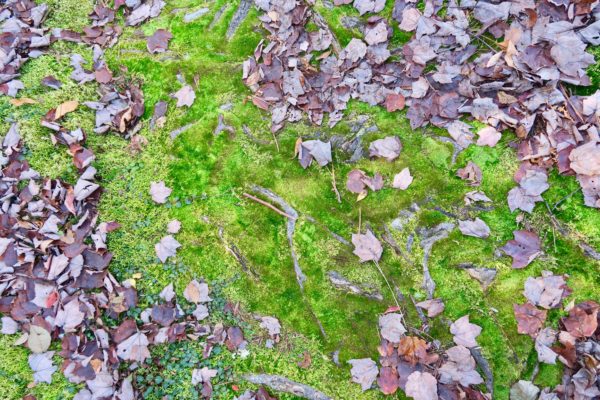
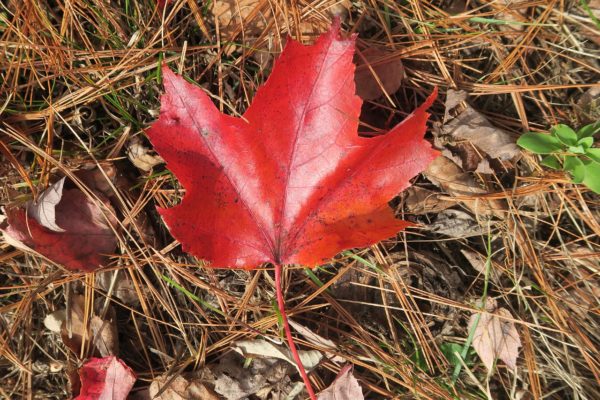
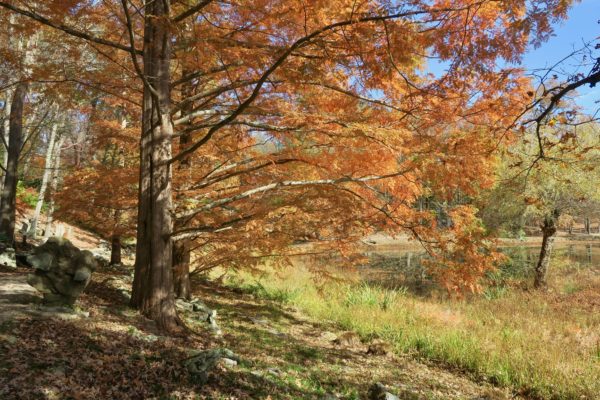

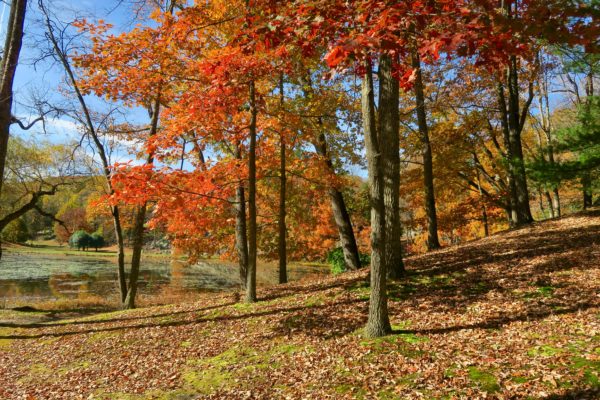





I never realized that trees can also be infected with ticks before I read your article. The part where you mentioned that we might be exposed to them got me worried about the old tree we have in our backyard. Maybe it’s time to hire professionals who can check the area and see if we need tick control services.
I think you have misread the post. The trees are not infected.
Beautiful post – your photos are almost as interesting as your paintings!
You are making me laugh now! Such flattery! But thank-you anyway.
Some of the best fall foliage pix I’ve seen so far this autumn!
It’s hard to take a bad photo at Innisfree when the sun is out and the foliage at its glamorous best. But – thank you for the generous comment!
Thanks John. It’s always a cycle, right? Always a turn of the wheel of fortune – the good the bad and the good again. And everything is connected to everything else.
Beautiful pictures with insight into natural processes that affect us humans